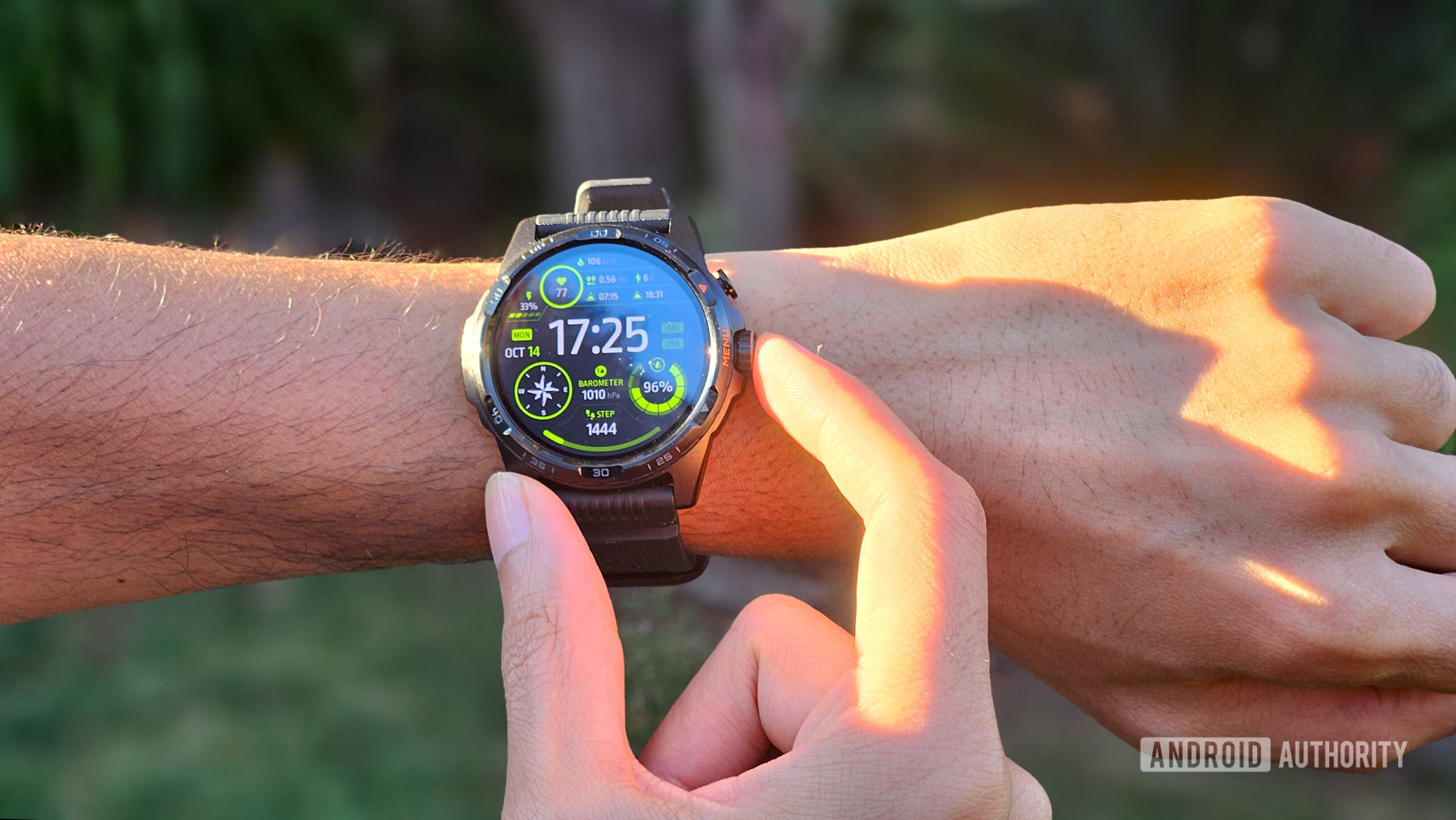Developers behind the forthcoming quantum computing campus at the former U.S. Steel South Works plant have submitted remediation plans to the Illinois Environmental Protection Agency. But neighborhood organizations are still pushing for more assurances that they’ll benefit from the site’s transformation into a technology hub.
Related Midwest and CRG voluntarily re-enrolled the 440-acre site in South Chicago last month into the environmental agency’s site remediation program. Their remediation plan is currently under review by the IEPA, according to a spokesperson for Related Midwest.
The former steel mill closed in 1992, and various redevelopment plans for the site withered over the years — in part, because of environmental concerns lingering at the site.
Neighbors have warned that toxins and heavy metals like arsenic still remain at the site, though the state agency has said environmental remediation on the site is complete. The agency issued “No Further Remediation” letters for the land in 1997 and 2010, after previous cleanup efforts.
A No Further Remediation letter verifies site investigation and remediation has been completed and meets state cleanup standards, according to the state agency.
Once the developers receive a new letter, construction will officially be able to start, though Related Midwest and CRG did hold a ceremonial groundbreaking in September on the Illinois Quantum and Microelectronics Park.
The park is a 128-acre portion of the massive project dubbed Quantum Shore Chicago. Quantum Shore will also be home to housing and a 52-bed Advocate Health Care hospital.
Soil and water tests
Related Midwest worked with Little Village-based Pioneer Engineering and Environmental Services to complete soil and groundwater testing at Quantum Shore.
What they found was “what experts typically see on industrial properties like this one,” according to Related Midwest.
The developer also said the “vast majority” of results are consistent with previously completed tests, though five areas within 1,200 feet of nearby homes contain petroleum levels “that exceed today’s cleanup standards.”
The testing also found petroleum hydrocarbons, metals and other isolated substances in soil and groundwater.
Related Midwest said it will be installing an engineered barrier around the site to “protect air quality, minimize respiratory health risks, and improve safety on and around the site.” The developer will also excavate and dispose of contaminants in two areas that are closest to residential areas and install dust monitors.
The barrier around the Illinois Quantum and Microelectronics Park is estimated to cost $25 million, according to the company, while the “remainder of the development area [will] cost more than $100 million over the life of the project.”
Community benefits agreement
Brian Gladstein, executive director of the nonprofit Friends of the Parks, was “not surprised” to hear the findings.
“What we have heard from community folks for a long time is the belief that the land is polluted and there needs to be remediation,” Gladstein said. “There needs to be a commitment by [Related Midwest] to remediate that land and to make it safe for the community.”
In the past, Friends of the Parks has taken the legal route to protect Chicago’s lakefront and conserve its open space. At the old South Works site, the nonprofit is calling for the developers and elected officials to commit to four key benefits for the Southeast Side community.
The nonprofit wants the establishment of a fund to benefit residents, along with a framework plan for the Southeast lakefront. Their Southeast Side Parks Benefits and Commitments plan also demands full remediation of the land and ongoing environmental monitoring, plus a guarantee that public spaces remain open, accessible and free of surveillance.
Friends of the Parks released its call for commitments on Oct. 28. Gladstein said it fits within the broader push for a legally-binding community benefits agreement and efforts to protect the area’s green space.
“For too long, there’s been a lack of equity on the Southeast Side, where other parks are getting resources,” he said. “This is the moment, with this massive development that is moving forward, for us to make sure that the community is not left behind.”
Since the quantum project was announced, the Coalition for a South Works CBA has been one of the leading community voices — presenting updated demands for community benefits in early September. The group includes residents and more than 40 organizations like the Alliance of the Southeast, as well as businesses and churches.
Amalia NietoGomez, executive director of the Alliance of the Southeast, said work for a community benefits agreement is ongoing. The coalition and Friends of the Parks are pushing for meetings with Related Midwest and elected officials to discuss their concerns — and hopes — for the site, even as work begins.
NietoGomez said the coalition is currently reviewing the entire environmental remediation plan, which spans more than 5,000 pages.
While NietoGomez said the coalition is happy the report has been submitted, she thinks it should’ve been filed sooner.
“This is why we need to have a community benefits agreement because that should have been done before they start construction,” she said. “That should have been in discussions with the community.”








